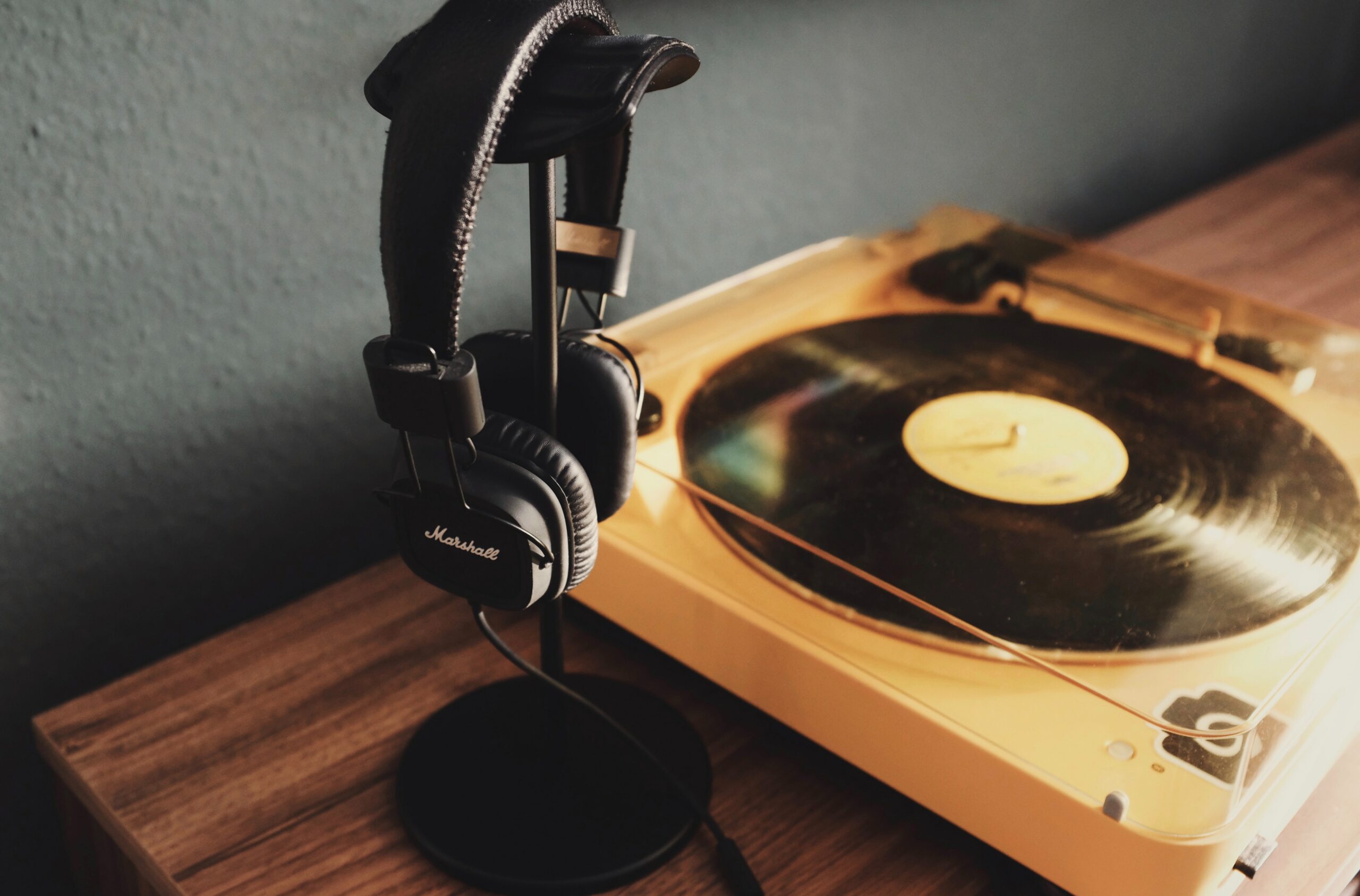Records and their turntables are far from having lost their right to exist. There are several methods you can use to connect a turntable to modern systems. The decisive factor here is which outputs your turntable has and which pickups your device uses. Bluetooth transmission is even possible with some models.
Stream music with an old stereo system: this is how you upgrade your baby
Connecting a turntable to a modern system – do you need a preamplifier?
Older turntable models often have a so-called phono output. The signal that is output via this output is too weak for many modern systems. Exceptions are systems that have a phono input themselves, as these have their own preamplifier for the connection. Most of the modern devices in domestic living rooms no longer have this connection.
In such cases, an external preamp comes into play. With it, the signal is strong enough to be processed by your system or soundbar. External preamplifiers can be purchased commercially and are available in different versions. Most of them are tuned to MM cartridges, which are the most common among turntables. If you own a turntable with an MM cartridge, it is easy to find a suitable model. The situation is different if your turntable uses an MC cartridge. These are much rarer, but their signal is even weaker than that of the MM pickup. In order for your signal to be processed, you must therefore pay attention to a preamplifier that is compatible with MC pickups. Some preamps also offer a USB port to connect your turntable to your computer. This is helpful if you not only want to play your records with modern systems, but also want to digitize them.
On the other hand, if your record player has a line output, connecting to modern systems is more relaxed. The line output already has an integrated preamp on your turntable itself, so you don't need an external preamp at all. In this case, you can connect the device directly to your system with the cinch cable. Otherwise, the preamp serves as a link to the modern system.
Connecting turntables to modern systems – instructions
Connect record players directly to the phono input
Even if not many systems have the phono input anymore, you may be one of the lucky ones who still has a suitable model. In this case, you only need a few steps to connect the devices.
Connect the phono output of your turntable to the phono input of your system or soundbar using a cinch cable. Then switch on both devices to check the sound quality of the playback.
Connect turntable with external preamplifier
If you need an external preamplifier to connect the turntable to your system, this can also be implemented in just a few steps.
First connect the first cinch cable to the phono output of your record player. Now plug the other end of this cinch cable into the input marked Input of the external preamplifier. Now you can connect your preamplifier to its output marked Output using a second cinch Connect the cable to your soundbar or system. Then turn on all devices to check the sound quality.
Connect turntable with integrated preamplifier
If your turntable has the mentioned line output with an integrated preamplifier, you do not need an external preamplifier between the devices.
Use the cinch cable to connect your turntable directly to the analog-to-digital converterSince the analog-to-digital converter immediately converts the analog turntable signal into a digital signal, it can be connected to the soundbar with a fiber-optic cable or a fiber-optic cable to switch all devices so you can check the sound quality.
If there is an annoying hum when checking the sound quality, it is possible that your turntable is not grounded. In this case, you can use a so-called grounding cable, which is often available directly on the device itself. You connect the end to the "Ground" or "GND" screw on your system.
Connect turntable to Bluetooth devices
Some manufacturers seem to have seen the turntable resurgence coming. Because some of the newer models that can be found in stores offer you Bluetooth support. This means you can stream your music straight from the vinyl to a Bluetooth-enabled speaker. So you don't have to resort to cables or worry too much about suitable connections on your record player and your system. The aptX codec is usually used here so that too much sound quality is not lost. Its efficient compression process enables you to transmit audio almost without loss. Nevertheless, this is also a radio connection. The transmission range is therefore limited and can be affected by interference factors such as obstacles or other radio transmissions.



